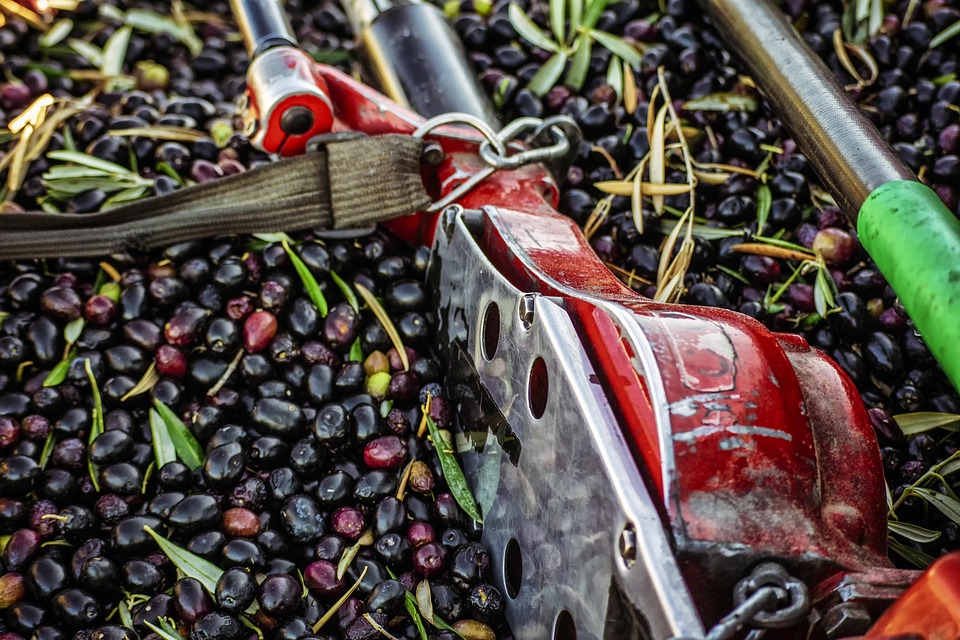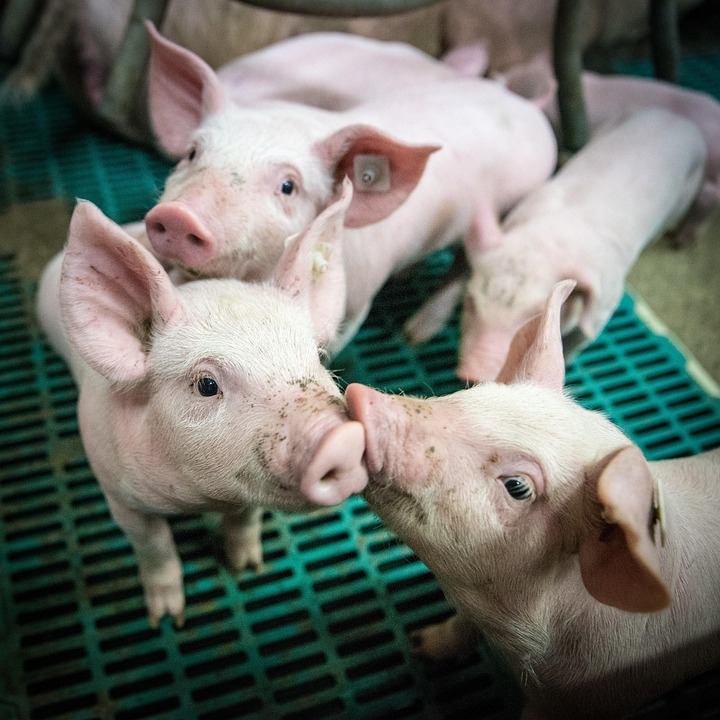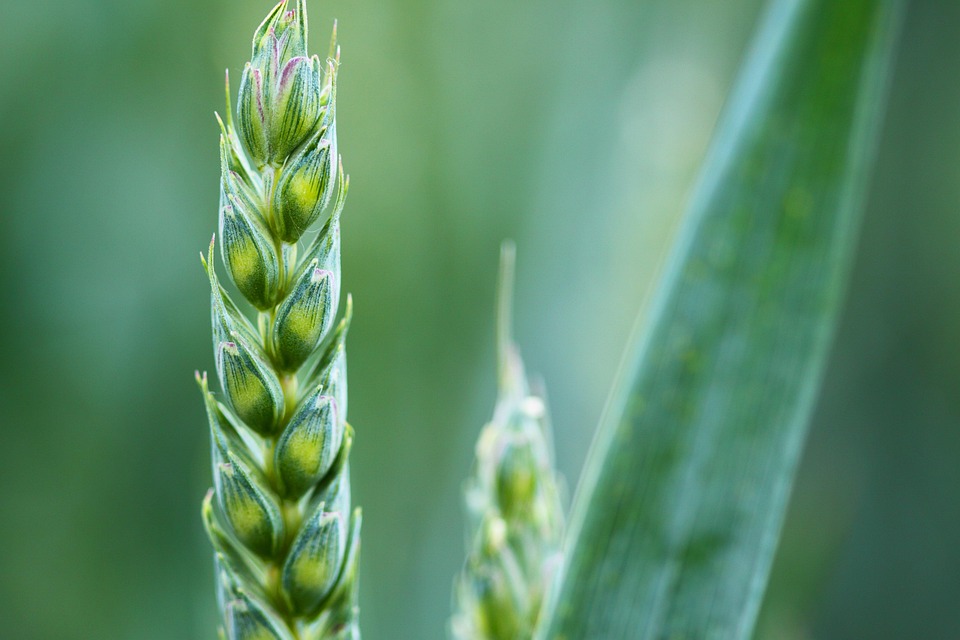**Traveling Mindfully: Tips for Eco-Conscious Adventurers**
# Traveling Mindfully: Tips for Eco-Conscious Adventurers When I stood atop a craggy cliff overlooking the azure waters of the Amalfi Coast, I was struck by a sensory overload: the scent of lemon groves wafted through the air, the sound of waves crashing below created a rhythmic harmony, and the vibrant colors of terraced houses captivated my eyes. This beauty, however, came with a twinge of urgency; how can we protect these enchanting locales while enjoying them? This question sparked a journey into mindful and sustainable travel. So, grab your reusable water bottle and let’s dive into the world of eco-conscious adventuring! ## The Essence of Mindful Travel Mindful travel is not just about visiting breathtaking destinations; it’s about ensuring that our adventures have a positive impact on the planet and the local communities we encounter. It’s an approach that values experiences over possessions, connection over consumption, and respect over entitlement. ### Understanding Your Footprint Before setting off on your next adventure, it’s important to take a moment to reflect on your travel choices and their environmental impact. This involves understanding your carbon footprint — the amount of greenhouse gases produced directly and indirectly by your activities. Here are some ways to evaluate and minimize your footprint: 1. **Choose Sustainable Transportation**: While flying may be necessary at times, consider alternative modes of transport. Whether it’s taking the train, biking, or even carpooling, these choices can dramatically reduce carbon emissions. 2. **Offset Your Carbon Emissions**: Look into carbon offset programs offered by airlines or third-party organizations. Investing in renewable energy projects or tree-planting initiatives can compensate for the impact of your travels. 3. **Embrace Local Culture**: Engage with local communities by trying out local cuisines, attending cultural events, and patronizing local businesses. This not only enriches your experience but also supports the economy in a sustainable way. ## Pro Tips for Eco-Conscious Adventurers – **Pack Light and Smart**: Opt for multi-use items instead of single-use. A reusable shopping bag can serve multiple purposes, from grocery runs to day trips at the beach. – **Support Eco-Friendly Accommodations**: Look for hotels or lodgings that are certified by organizations like Green Key or EarthCheck. These establishments have demonstrated a commitment to environmental stewardship. – **Stay in Touch with Nature**: Take time to appreciate your surroundings. Rather than capturing moments through endless selfies, put the phone down and simply be present. This moment of mindfulness can deepen your connection to nature and lead to a more fulfilling experience. ### The 3 R’s: Reduce, Reuse, Recycle It’s worth reiterating the core principles of sustainability: Reduce, Reuse, and Recycle. Here are actionable steps to incorporate these into your travels: #### Reduce – **Be Mindful of Water Use**: A simple act like taking shorter showers during your stay or using refillable water bottles can significantly conserve water. – **Limit Plastic**: Bring your own utensils, straws, and containers to minimize your plastic usage while on the road. #### Reuse – **Reusable Travel Gear**: Invest in high-quality, multifunctional travel gear. Items such as a sarong that can double as a beach towel, blanket, or scarf contribute to less waste. – **Food Containers**: Packing snacks in reusable containers reduces the need for single-use wrappers. #### Recycle – **Know the Local Recycling Rules**: Different places have varying recycling practices, so take a moment to familiarize yourself with them. Many countries or cities may not recycle items you’re accustomed to recycling back home. – **Leave No Trace**: When hiking or exploring natural areas, adhere to the Leave No Trace principles. This ensures that you leave the environment just as beautifully as you found it. ## The Power of Connection: Travel with Purpose Traveling mindfully isn’t just about minimizing your impact; it’s also about giving back and making a meaningful connection to the places you explore. Here are some ideas to infuse purpose into your travels: – **Volunteer Opportunities**: Look for short-term volunteering opportunities during your travels. Websites like Workaway and HelpX connect travelers with projects ranging from wildlife conservation to community building. – **Support Local Artisans**: Invest in handmade or local products rather than mass-produced souvenirs. This supports local craftsmanship and can lead to unique, one-of-a-kind keepsakes. – **Attend Workshops**: Consider participating in workshops led by local artisans or experts. Cooking classes, artisan crafts, or even language courses can enrich your experience while supporting local instructors. ### Connecting with Nature Nature has a remarkable ability to rejuvenate the spirit. Prioritizing eco-friendly adventures like hiking, kayaking, or biking can deepen your relationship with the great outdoors. Here’s how: – **National and State Parks**: When planning your next trip, consider visiting lesser-known parks. These natural treasures often boast stunning landscapes and reduced foot traffic, minimizing your ecological impact. – **Eco-Tours**: Seek out eco-conscious tour operators that prioritize sustainability and responsible practices. These guided tours can provide sensitive insights into local ecosystems and wildlife. ## Sustainable Dining Food is a gateway into a culture, and being mindful of your dining choices is essential. Here are some practical tips: – **Eat Seasonal and Local**: What’s in season? Eating locally sourced food not only supports local farmers but also reduces the carbon footprint associated with transporting food. – **Vegetarian or Vegan Options**: If you recognize that plant-based diets consume fewer resources, challenge yourself to enjoy meatless meals while on your travels. Many cultures have rich vegetarian traditions. – **Food Waste**: Be mindful of portion sizes and avoid over-ordering. Many restaurants are happy to allow you to take leftovers with you. ## Conclusion: Your Adventure, Your Impact Traveling mindfully as an eco-conscious adventurer not only allows you to revel in the wonders of the world but also ensures that those treasures remain preserved for future generations. The adventures we embark on should leave a light footprint rather than a heavy one. By following these tips and embracing sustainability in our travel practices, we can enjoy our journeys wholeheartedly while honoring the planet. So, on your next adventure, remember to take a moment to appreciate the beauty around you,










